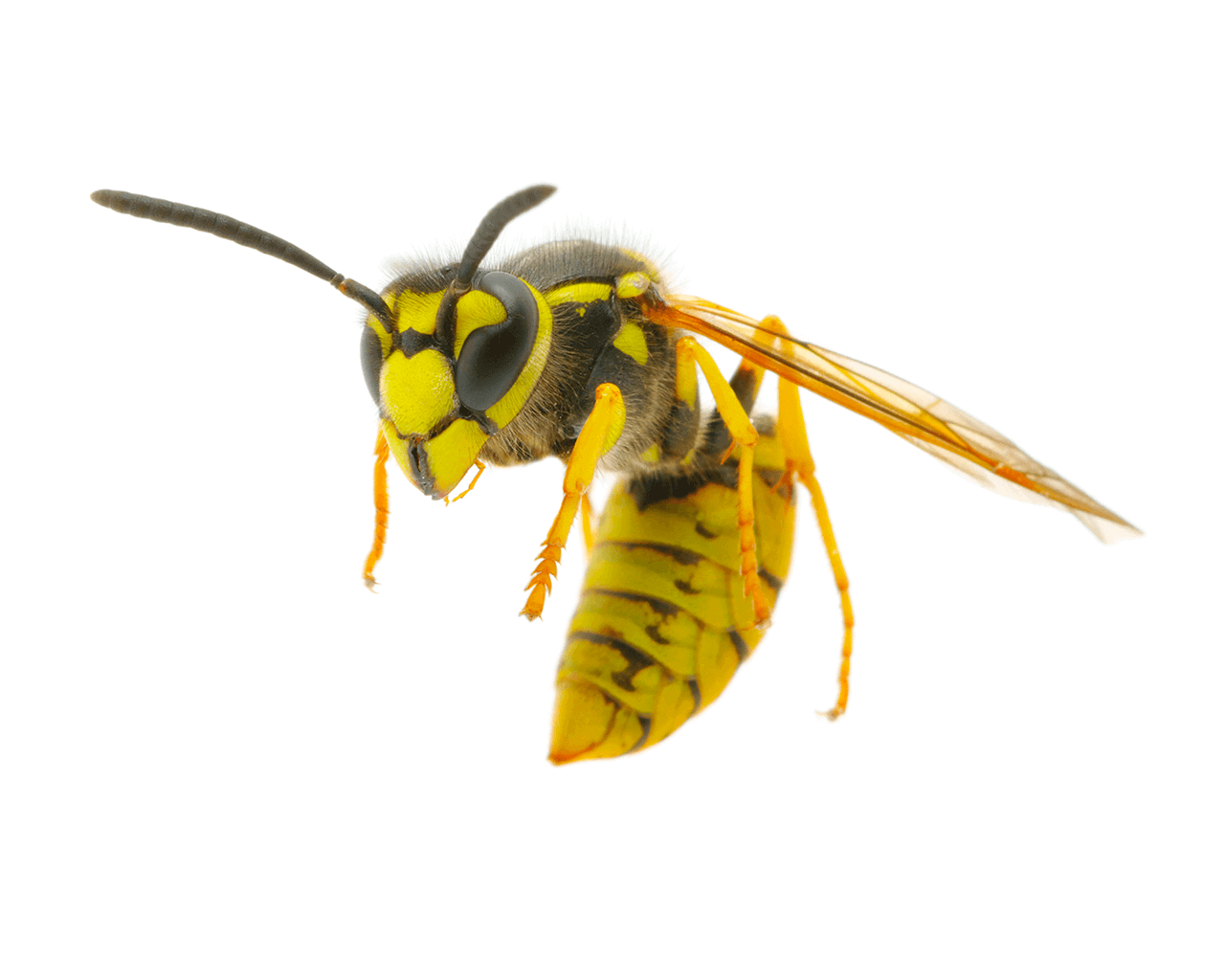iPest Solutions offers tips on how to deal with the season’s most common stinging insects
While the distinct buzzing noise and mere sight of a hornet or wasp is enough to make most people swat wildly in fear, there are much safer ways to deal with these sometimes aggressive summer pests. iPets Solutions advises homeowners that when it comes to stinging insects, gaining a better understanding of these pests’ behavior and habits is an important part of helping to prevent stings.
In fact, stinging insects can pack more than just a painful sting. According to the National Pest Management Association (NPMA), a nonprofit organization committed to the protection of public health, food and property from common household pests, stinging insects send more than 500,000 people to the emergency room every year.
The best way to ensure you or someone in your family doesn’t become a victim of painful stings is to understand which species are causing problems on your property and how best to avoid them. Hives and nests should never be handled or removed on your own as some colonies can contain hundreds of insects and can sting en masse in defense of the nest.”
iPest Solutions offers the following information on the two most common aggressive stinging insects encountered during the summertime:
Yellowjackets: These social insects tend to build nests in trees and buildings, as well as in the ground. They are slow to sting unless their nest is threatened, in which case they will become highly aggressive. Unlike bees, yellowjackets can sting several times and inflict severe pain.
Prevention: Yellowjackets are especially attracted to sweets and proteins, so it is important to cover food and drinks during outdoor events and promptly clean up and dispose of food and garbage in a sealed trash container.
Paper Wasps: Paper wasps get their common name from the paper-like material they use to build their nests. Their nests are typically made in the shape of an umbrella. These pests build nests on twigs and in tree branches and shrubs, as well as porch ceilings, eaves and similar covered places. Wasps are capable of stinging more than once and may use alarm pheromones to call for back-up in defending their nest.
Prevention: Check for paper wasp nests before performing yard work such as shrub or hedge trimming. Treat wood fences and deck railings with a repellant oil to deter paper wasps from gathering cellulose for nest creation.
Because of the aggressive nature of these stinging insects, it important to contact a pest professional to remove nests on your home or property.
For more information on stinging insects, please visit www.ipestpros.com







